Critical Essays Archive
“Heat and Rage and the Sweet Stink of Broken Flowers”: Place Informs Character in Bastard out of Carolina
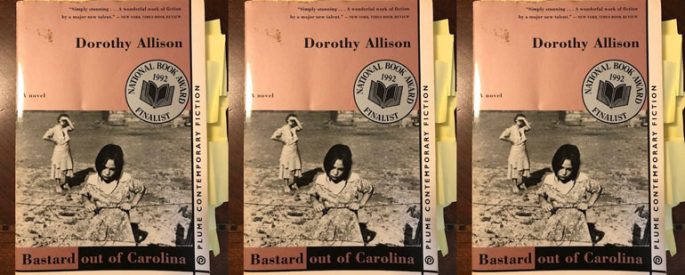
In Dorothy Allison’s Bastard out of Carolina, home is both cultivated and destroyed alongside characters that hold landscape against their bodies. Home is a beating heart. It’s a branding. Like the hungry, tenacious families Allison creates, her landscapes are just as alive and wanting.
The Real Surrealism of Robert Desnos
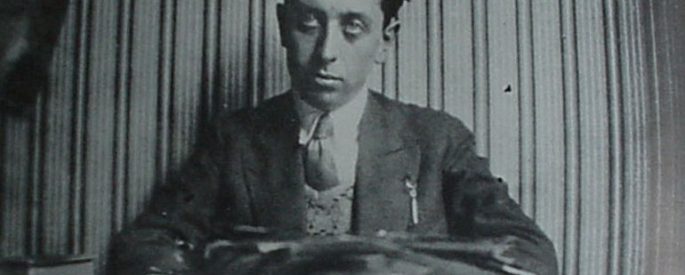
Excommunicated from the movement by Andre Breton, Desnos is at once an artist who troubles the traditional narrative of surrealism and who embodies most wholly some of its most important tenets.
On Accidental Books
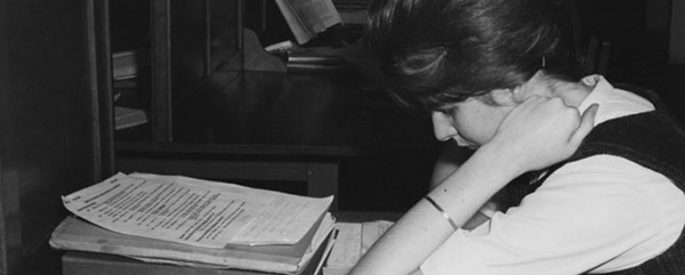
Books, even books writers didn’t know they were writing, are born from discipline, by people who took their ideas seriously, even before they amounted to anything.
What Is Poetry?

The question arises often in bookstore readings and writing workshops, cultural commentary and book clubs, and yet the answers remain slippery and incomplete, sometimes biased toward a particular aesthetic, other times umbrella-ed into compromising vagaries, all of which equally frustrate the long-haul poet and the beginning reader.
Iconography of a Disaster: Svetlana Alexievich’s Voices from Chernobyl

Svetlana Alexievich’s Voices from Chernobyl: The Oral History of a Nuclear Disaster, about the nuclear reactor meltdown at Chernobyl on April 26, 1986, opens with Lyudmilla Ignatenko, whose husband Vasily was one of the first firefighters to respond to the scene.
Plenty of Pride & No Prejudice?
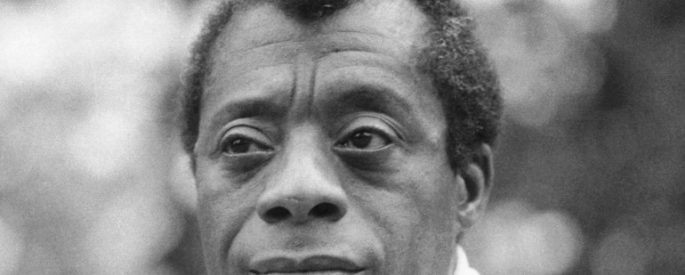
A while ago, while browsing the local Barnes & Noble, a friend and I started discussing how we got into LGBTQ literature, and how much reading specifically queer authors had meant to us in times of turmoil, both personal and not. This was in the aftermath of the Orlando
At the Seashore With Rachel Carson

Under the Sea-Wind takes readers to the ocean and illustrates through the power of words and a few elegant line drawings a fascinating and complex world most of us never stop to consider.
The Virtues of Patience
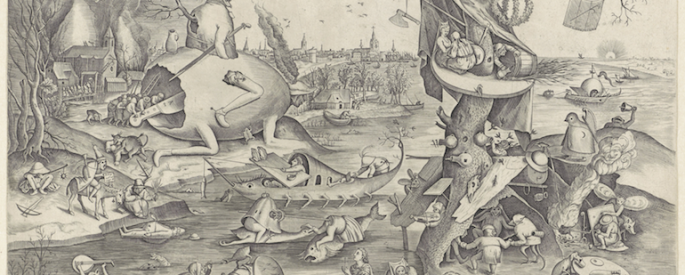
By nature an impatient person, I have found that the two states I’ve always wanted most for my life—writerhood and motherhood—can demand more than I comfortably have in reserve.
Thich Nhat Hanh: A Literary and Spiritual Inspiration

One of the gifts Thich Nhat Hanh has in common with some of my other favorite authors is that when I read him I feel as if he is letting me and me alone in on a secret.
Where Zadie Smith’s “Getting In and Out” Misses the Mark
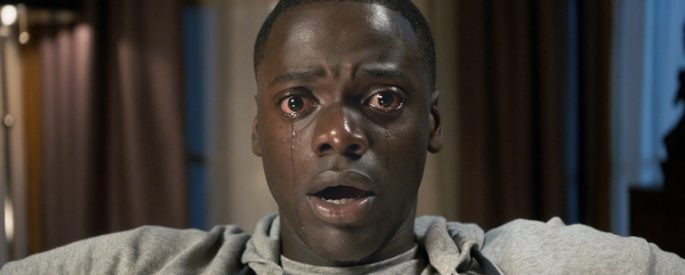
Despite Smith’s powerful and undeniable ability to employ and maneuver language the way she does, “Getting In and Out” comes up short for two very vital reasons.